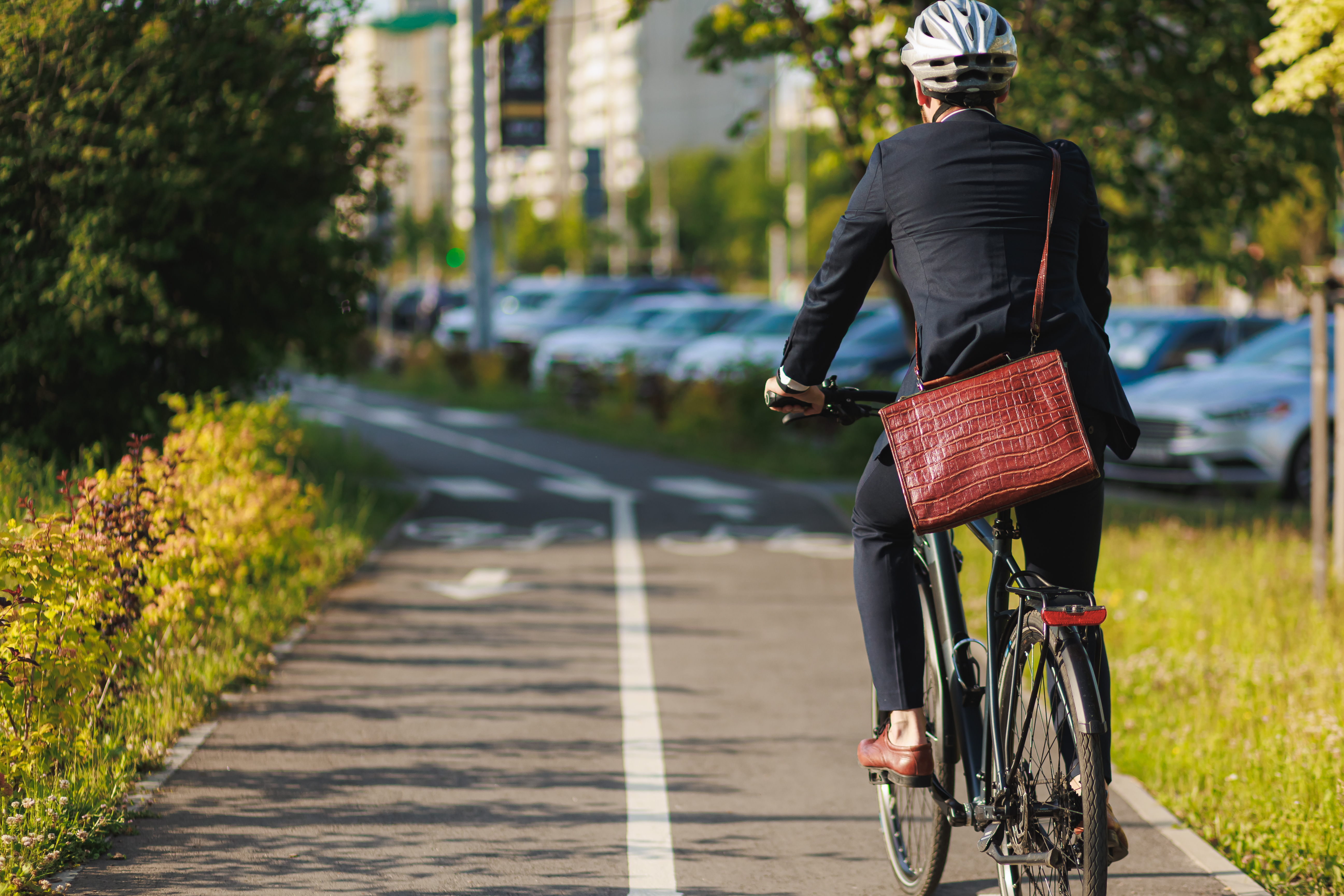Changing Transportation and Housing Patterns
Addressing Climate Change by Changing Mobility and Housing Biking, small businesses, and social housing are preserving the charm of Paris.

With increasingly bleak reports of atmospheric concentrations of carbon dioxide, are there any places making rapid progress on climate change that can offer hope? Maybe.
Transportation, the second largest source of greenhouse-gas emissions, is becoming electrified. Even better, however, is reducing the use of cars through policies designed to increase walking, biking, and public transportation. In 2021, Paris rolled out a plan to become 100 percent cycle-friendly in five years. This journey was already well underway — car trips in Paris fell by more than 60 percent in the previous two decades, public transit rides increased by 40 percent, and bicycle trips increased by 20 percent. Bicycling in the French capital more than doubled between 2020 and 2024 from 5 percent to 11 percent. Cycling infrastructure, bicycle parking spots, and traffic light changes prioritizing cyclists are mushrooming. Car parking on Paris streets is systematically being eliminated and has shrunk by more than 50 percent.
Another innovation that complements these mobility changes is in housing. Since the start of this century, municipal policies have aggressively been creating social housing to keep middle- and lower-income residents in the heart of the city. One of the goals of this effort is to preserve the ineffable character of Paris — beloved by the French and tourists alike. One-quarter of all Parisians live in public housing, an increase from 13 percent in 2000. The philosophy is that those who produce the riches of the city deserve to live in it. Teachers, sanitation workers, janitors, nurses, university students, bakers, and butchers are all benefiting from this program.
Like cities around the world, Paris is confronting growing homelessness. The initiatives that City Hall has taken to keep low-income citizens from being squeezed out go far beyond what most other cities are doing. Whether Paris will achieve an equitable, diverse city remains to be seen. The challenges are formidable, but the goal is to have 30 percent public housing for low-income residents and 10 percent for middle-income inhabitants by 2035. Paris is already a dense city, but it can use its legal authority to preempt the private sale of a building and convert it into public housing. The city has also sharply restricted short-term rentals, while transforming old train rights-of-way and condemned buildings into social housing. Over the past 25 years, the city has built or renovated 82,000 apartments for families and added 14,000 student units. Rents can be as little as $650 per month for apartments.
Housing is only part of the equation for achieving a balanced city; the other part is creating a healthy mix of small businesses: boulangeries, cheese shops, bicycle repair places, corner delis, flower stalls, and artisan workshops. The city can favor these types of small businesses because it is the landlord of 19 percent of city shops. It limits the number of chain businesses in preference for small operations, thus creating continuity and an enhanced sense of timelessness.










